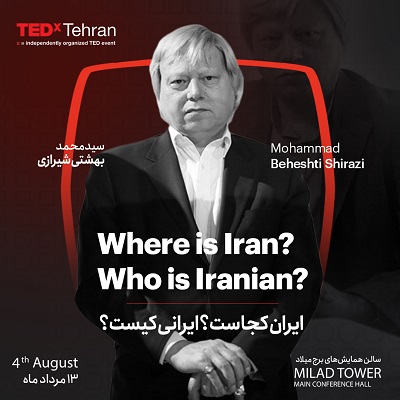Mohammad Beheshti ShiraziHead of Cultural Heritage and Tourism Organization
Where is Iran? Who is Iranian?
Is Iran an ancient treasure, steeped in old traditions, or a modern entity in search of finding? Does it have an important place in the world or not much? How about being an Iranian? Is it something to be proud of or is it associated with a set of reprehensible traits? Why has a century been unsuccessful in solving Iran’s short comings and the shortcomings of Iranians? Get ready for an insightful conversation that challenges preconceptions and brings new insight about this fascinating nation.
